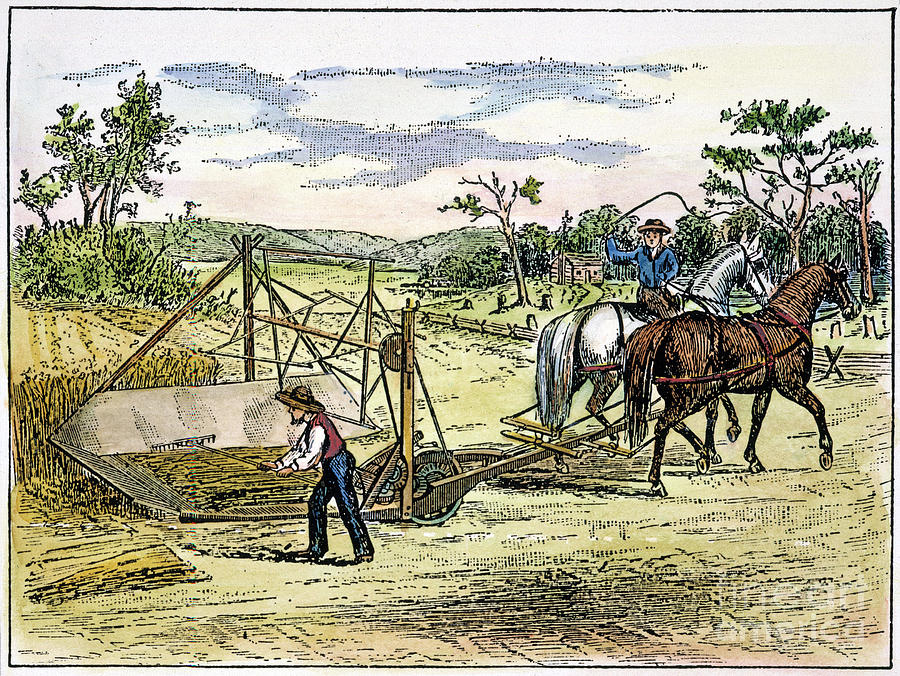

Modern wheat production and processing is very different and much more efficient than that practiced by the ancient Egyptians. Today, wheat is an important staple food around the world, providing the flour needed to make bread, pasta, bagels, pizza crust, cakes, cookies, pretzels, and much more. Many following improvements in harvesting technology make it possible for today’s farmers to harvest 150–200 acres of wheat in a single day. With Cyrus McCormick’s invention of the mechanical reaper, farmers could cut eight acres a day. By hand, farmers could cut only two acres of wheat per day. Here, the invention of the mechanical reaper by Cyrus McCormick in 1831 made it possible to harvest wheat much more efficiently. Wheat didn’t arrive in the United States until after the early voyages of Christopher Columbus. However, scientists have shown that it would be impossible for wheat seeds to grow after hundreds of years in a tomb.

Some claimed that the grains grew and produced more seed, which they then offered for sale. This is where the myth of mummy wheat began. Many years later, in the mid-1800s, British archeologists exploring Egyptian tombs found these granaries and attempted to grow the grains. Model granaries containing wheat and other grains were also included in tombs. Loaves of bread were commonly included in Egyptian burials as food for the journey to the afterlife. Bread for the rich was made from wheat flour, bread for those who weren’t wealthy was made from barley, and bread for the poor was made from sorghum. The workers who built the pyramids in Egypt were paid in bread. Because wheat is the only grain with sufficient gluten content to make leavened bread, wheat quickly became favored over other grains grown at the time, such as oats, millet, rice, and barley. It was not until the 1800s that yeast was identified as an organism that converts sugars into alcohol, producing a leavening gas (carbon dioxide) in the process. Even though the Egyptians made leavened bread, they did not understand that it was the yeast in the air that caused bread to rise. They fermented flour mixtures by using wild yeasts present in the air.
MCCORMICK REAPER DOCUMENTARY HOW TO
The ancient Egyptians were not the first to cultivate wheat, but certainly wheat was one of their staple foods, and they were the first to discover how to make yeast-leavened bread.

From its center of origin in the Middle East, wheat spread throughout Europe and Asia. Many anthropologists speculate that primitive people probably chewed the wheat kernels before they learned to pound them into flour, which could be mixed with water to make porridge.

Through hundreds of years of selection, people domesticated the wild grasses, turning them into the ancestors of the grain crops we know today.Įvidence suggests that wheat was first domesticated somewhere in the Middle East approximately 10,000 years ago. Over many years, people saved and replanted seed from the grasses with the most beneficial traits. All of these grain crops originated as wild grasses. Grains like corn, rice, and wheat produce seeds packed with energy and nutrition that are easy to store and transport. Around the world, grain cultivation was closely linked to the growth of civilizations. About 10,000 years ago people began to figure out how to grow grains during the summer, store them for winter food, and use the leftover grains to plant the next year-this was the beginning of agriculture.


 0 kommentar(er)
0 kommentar(er)
